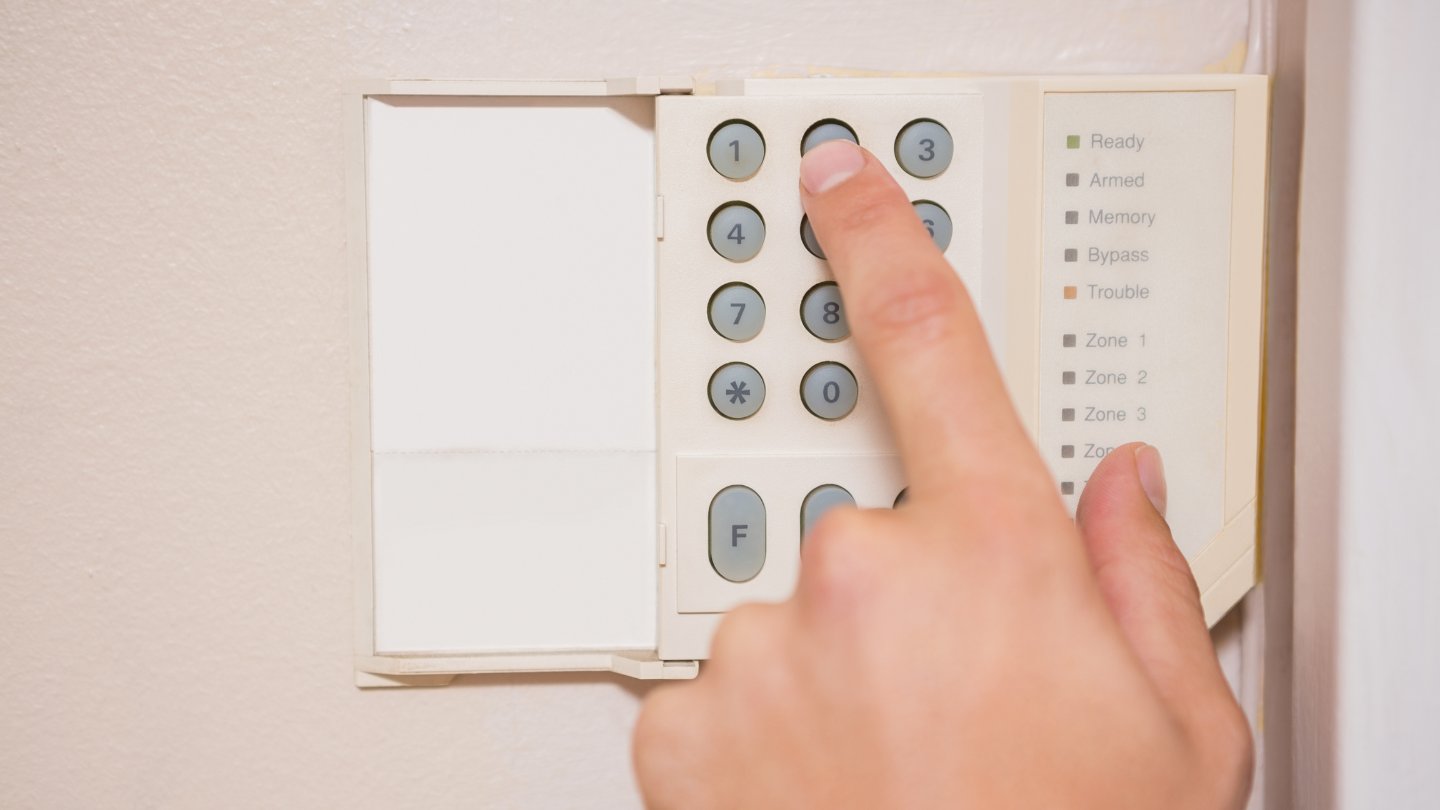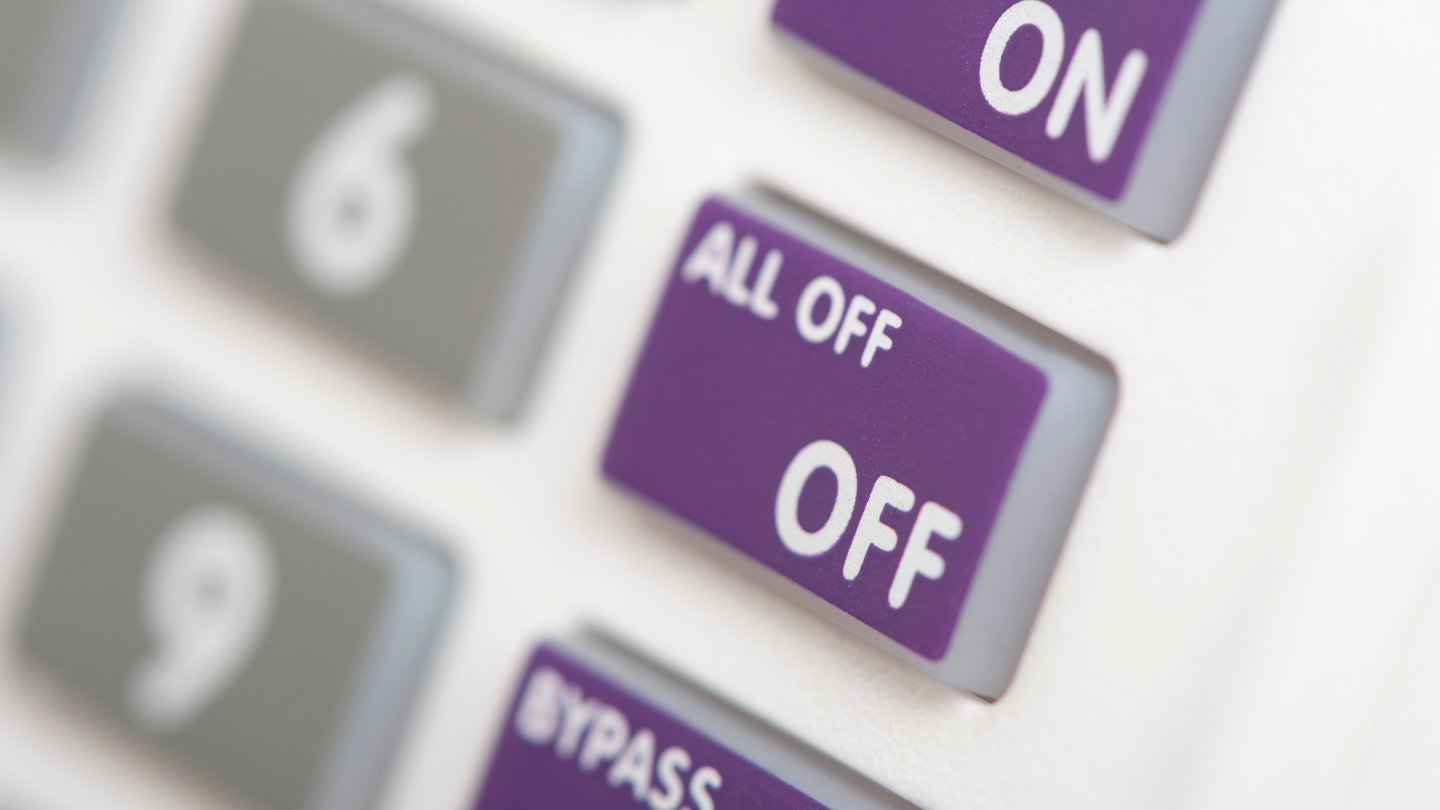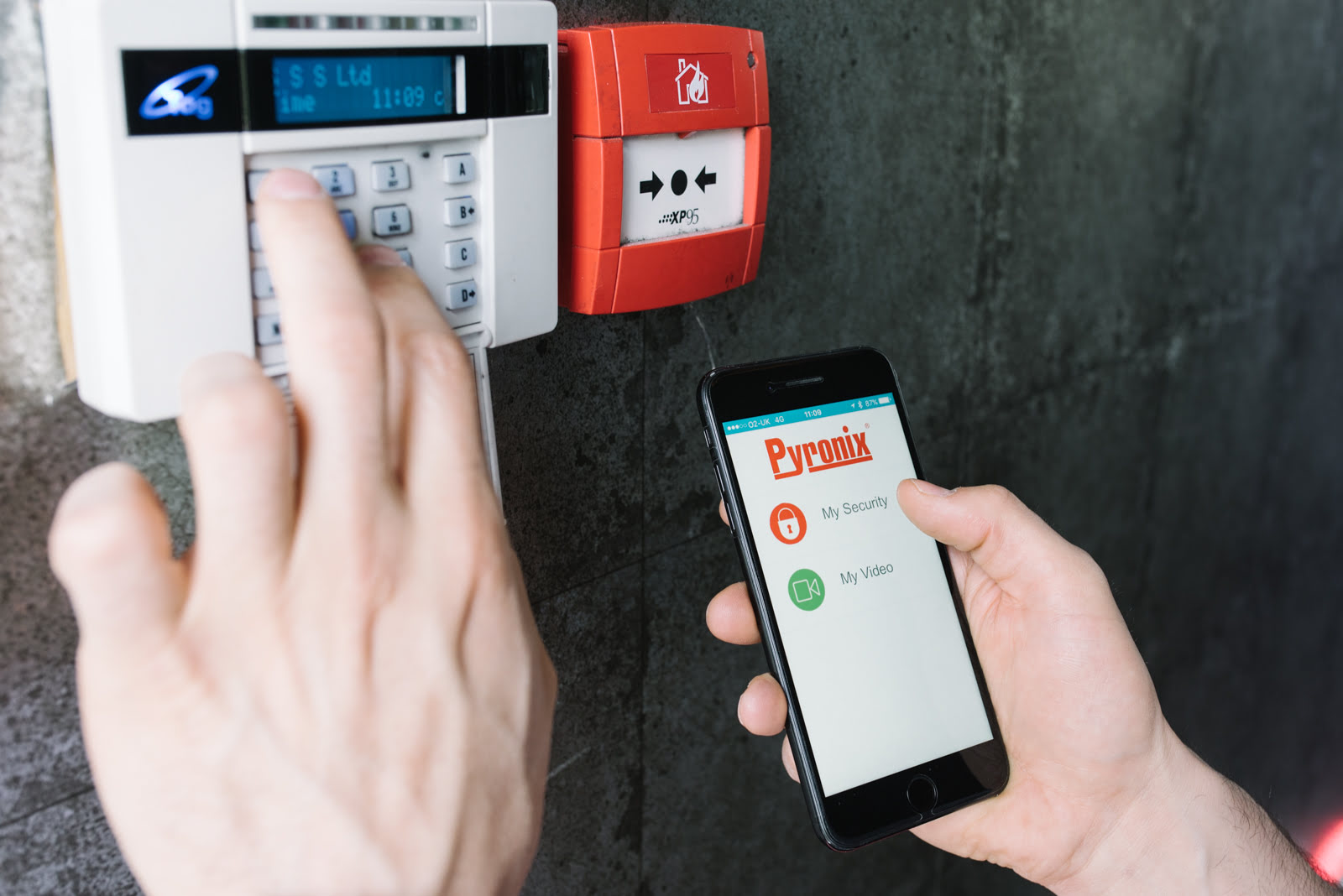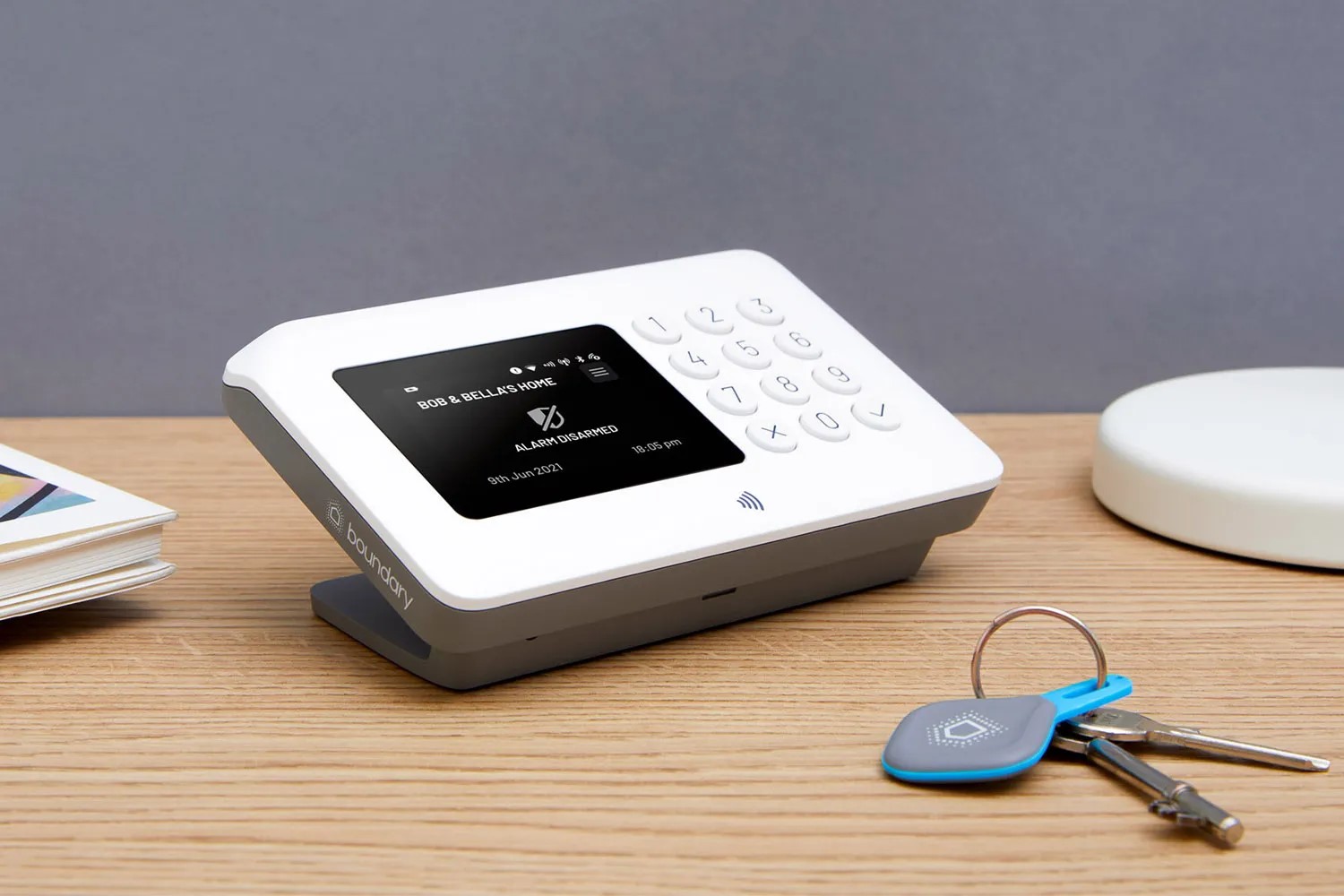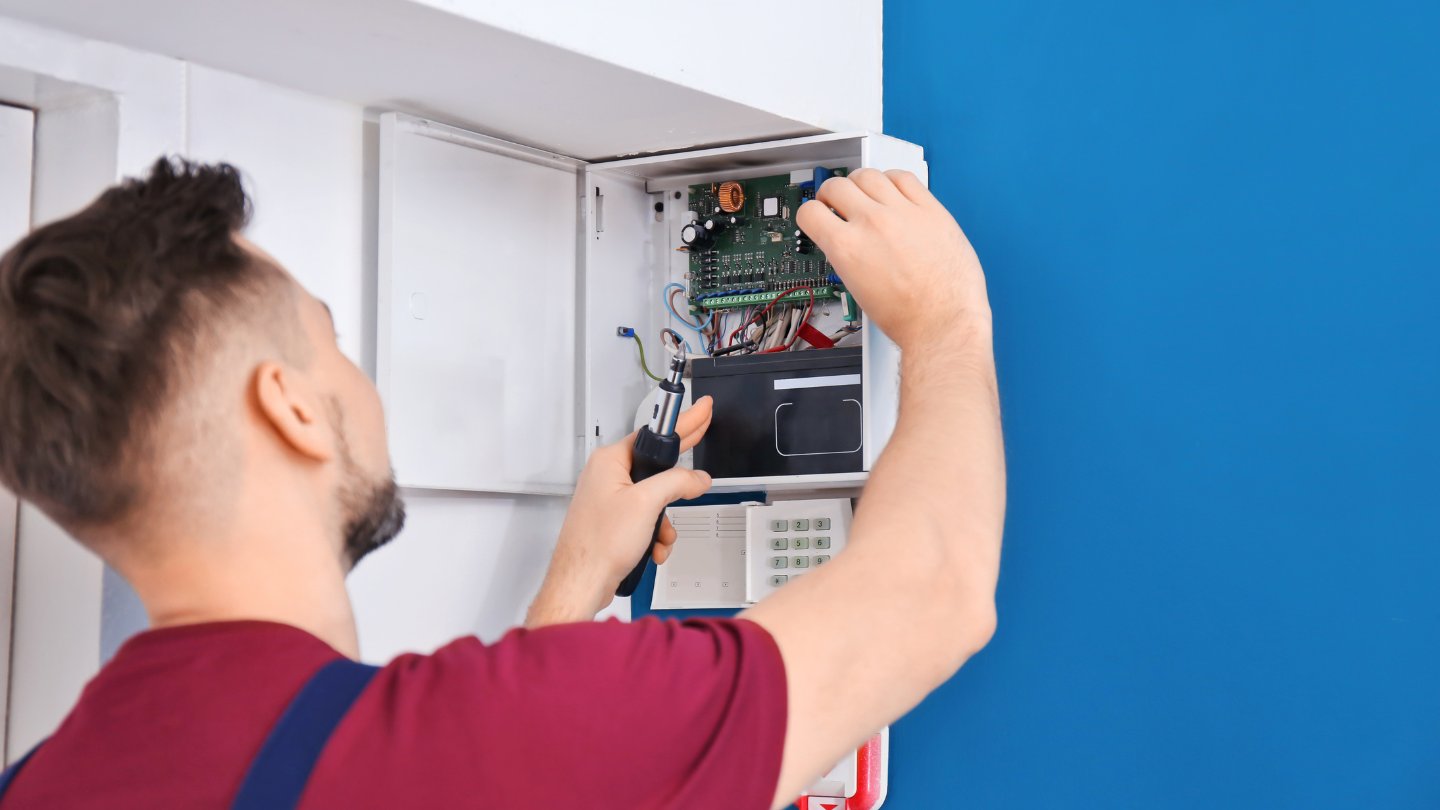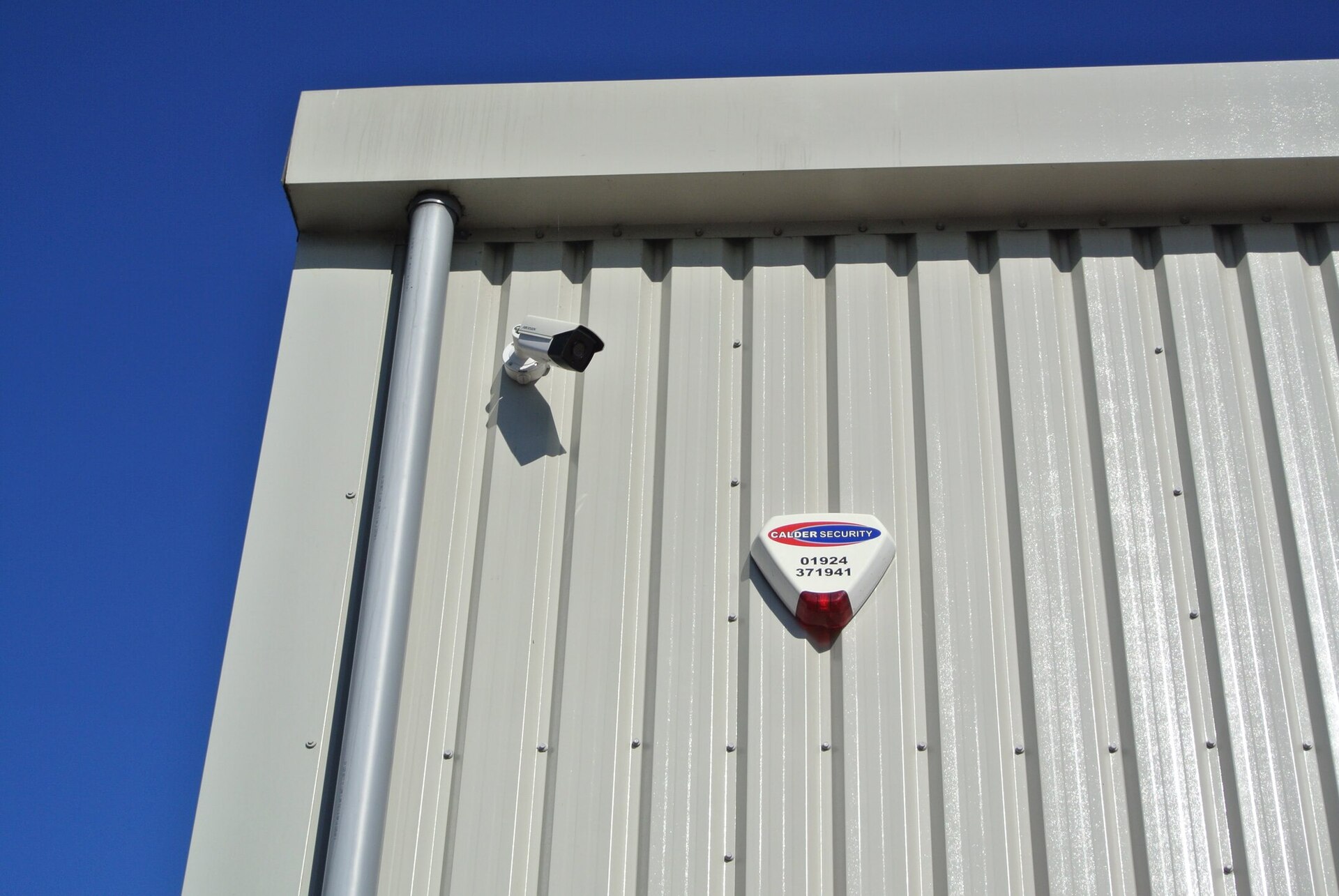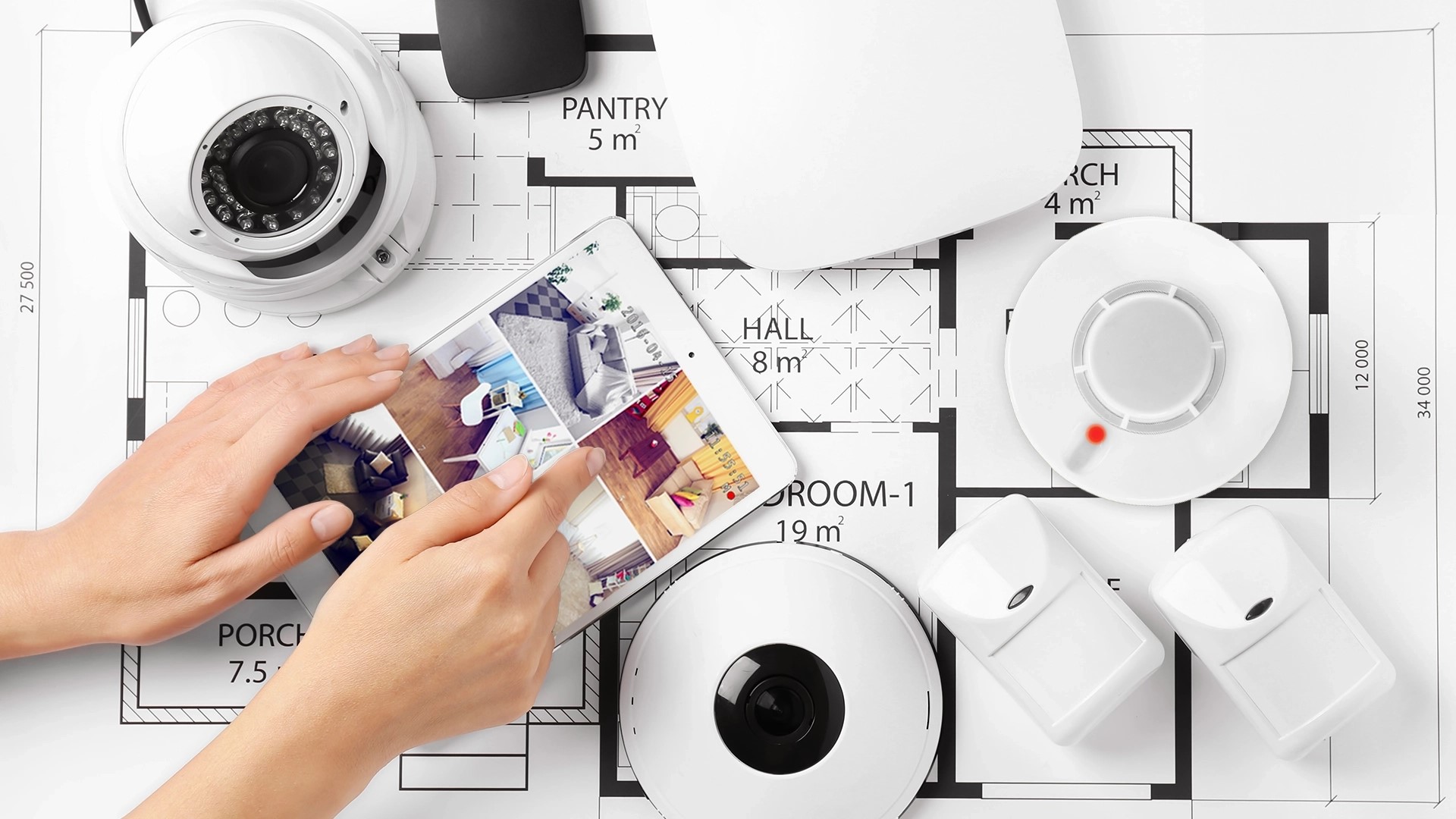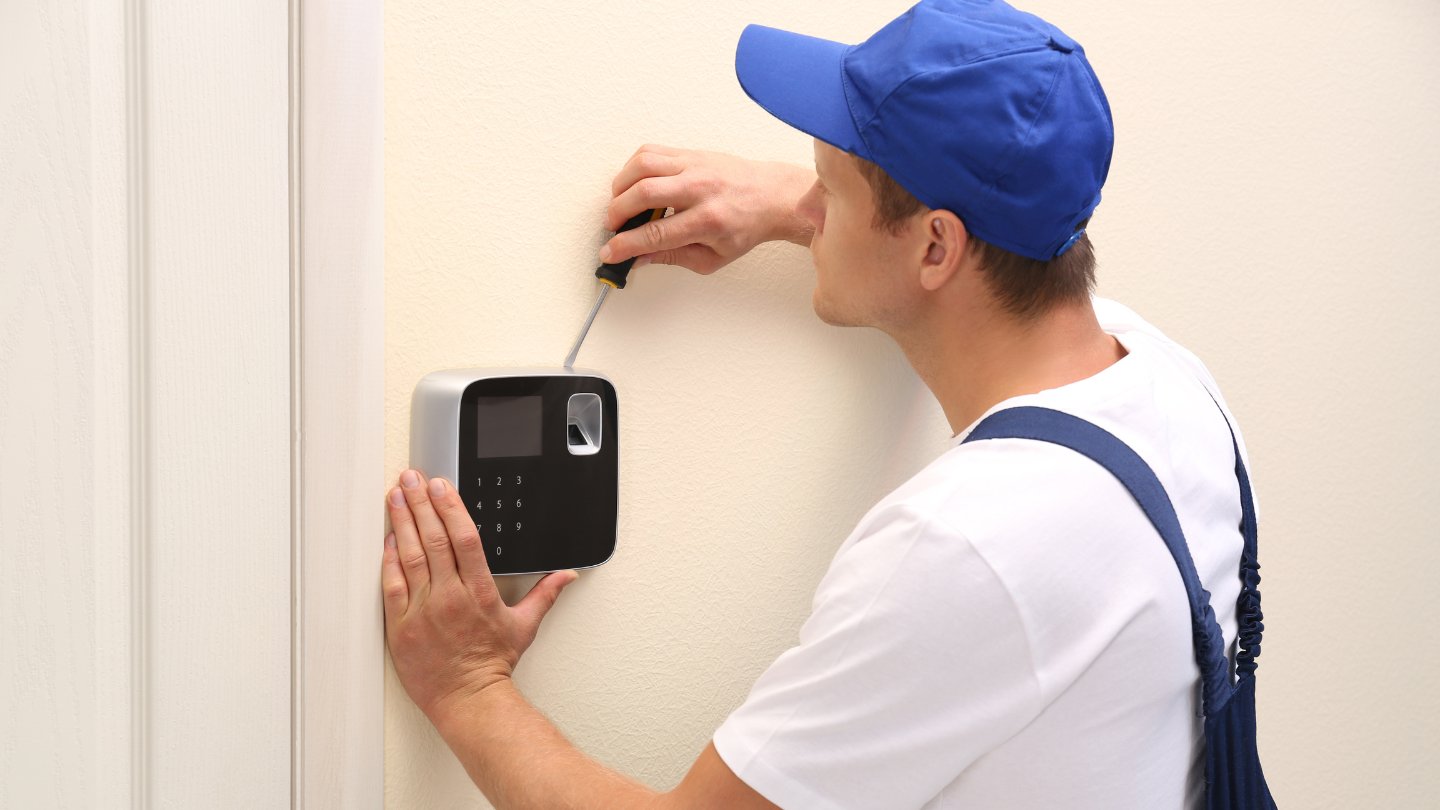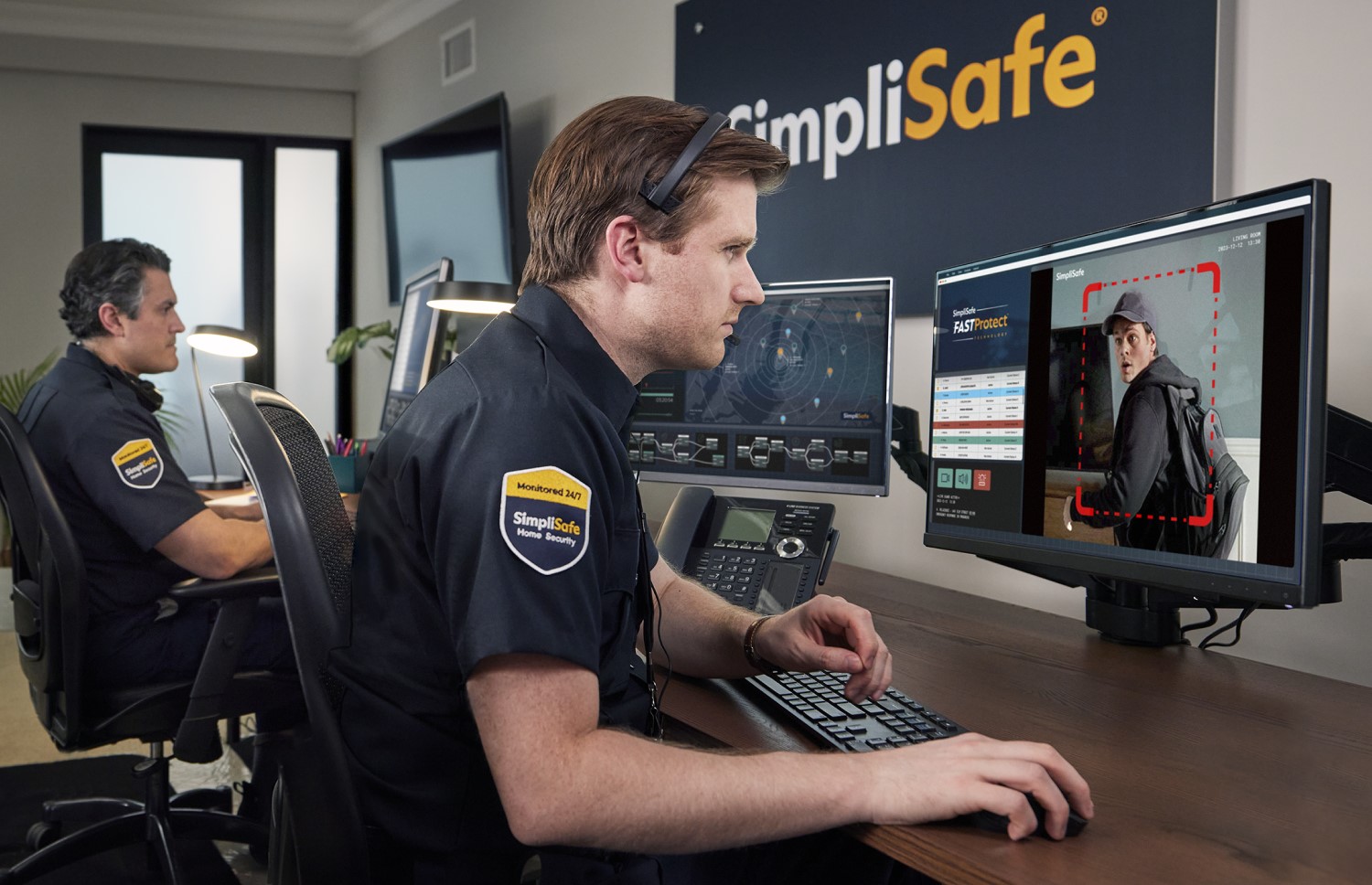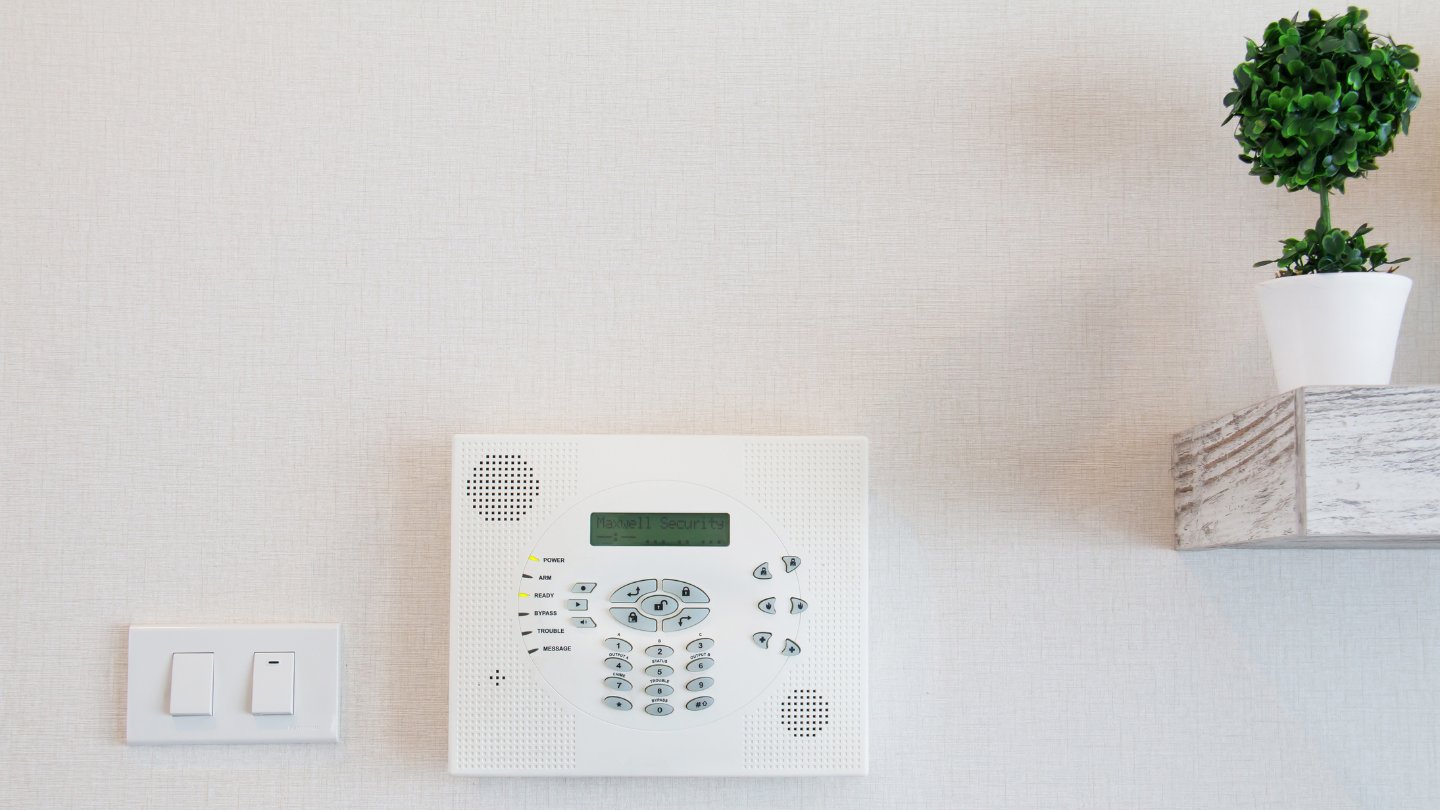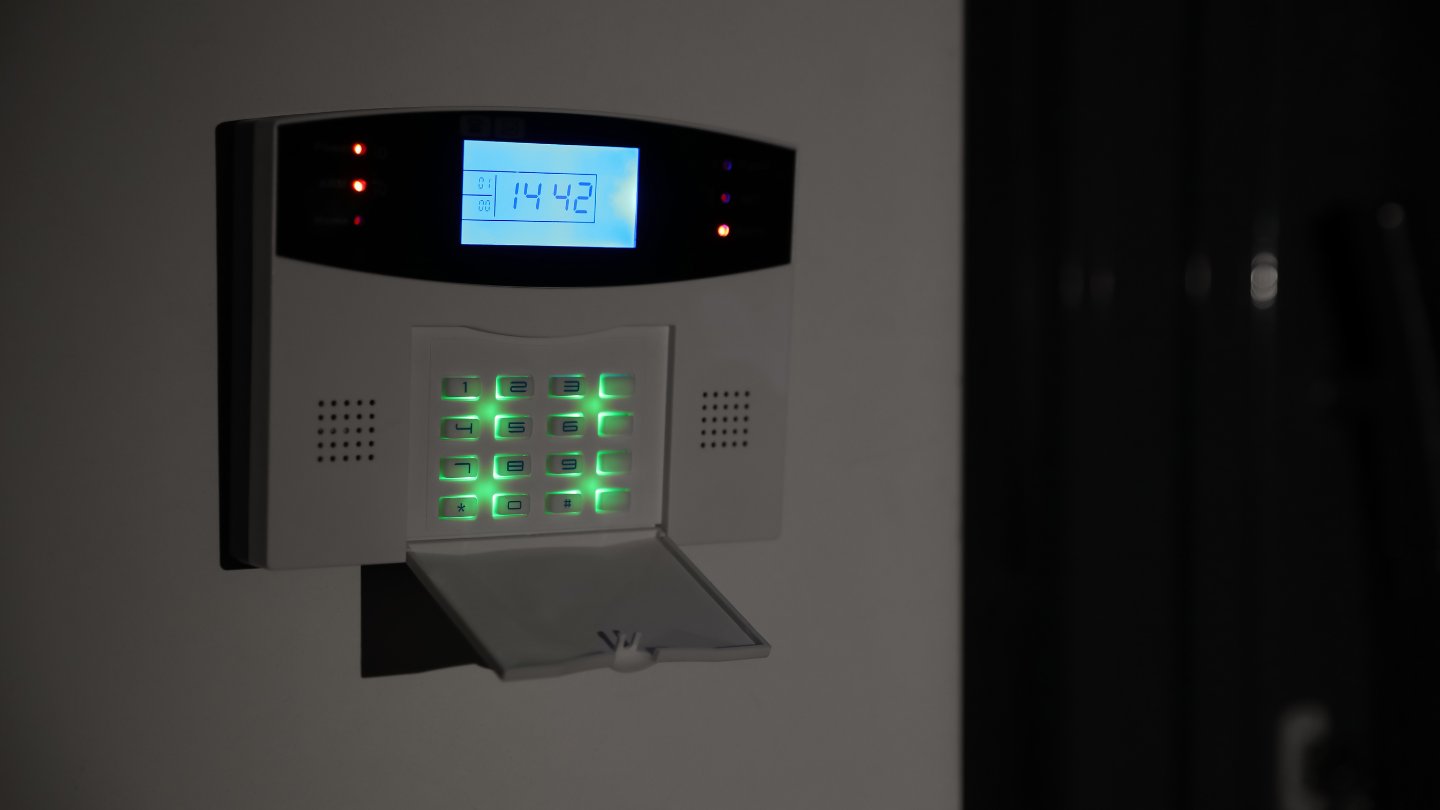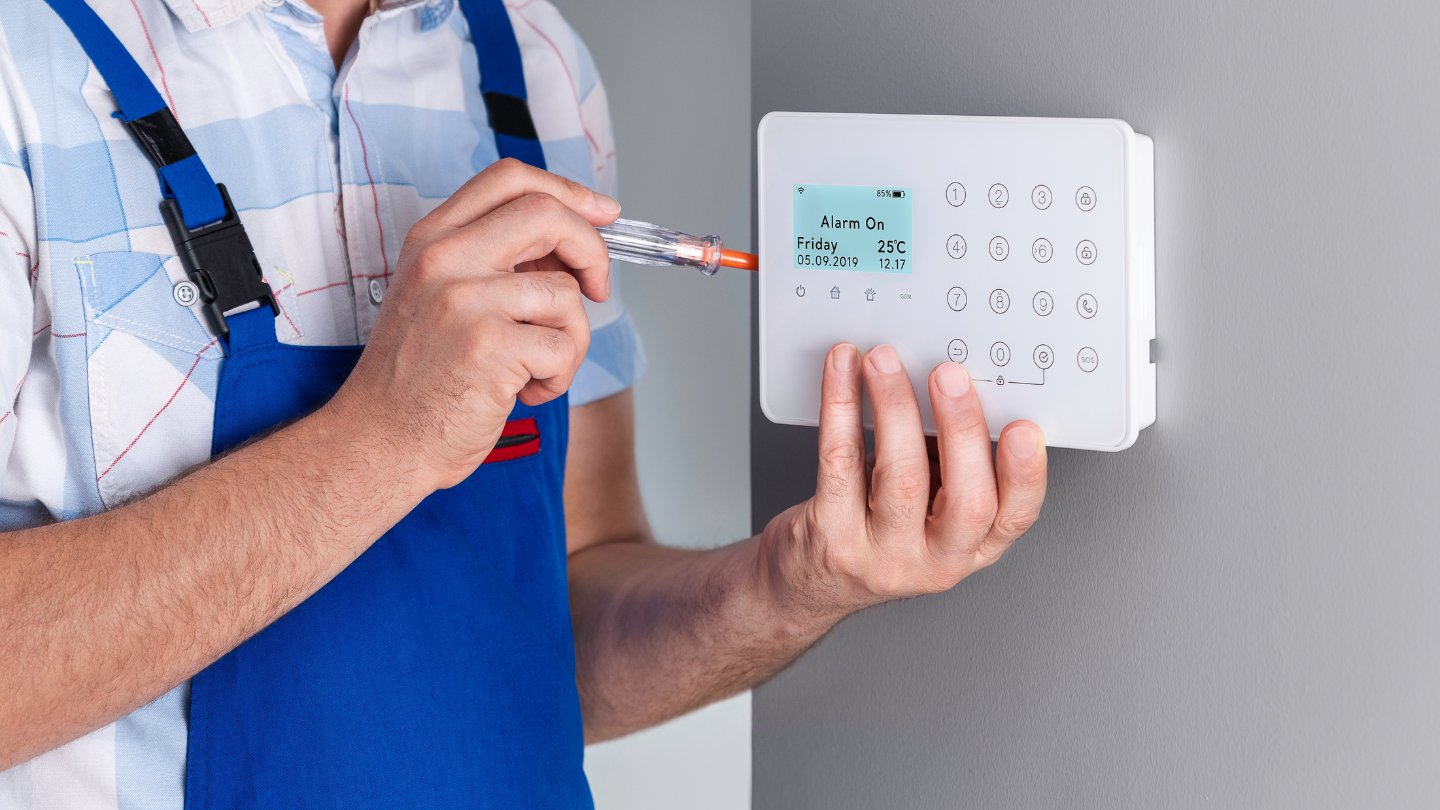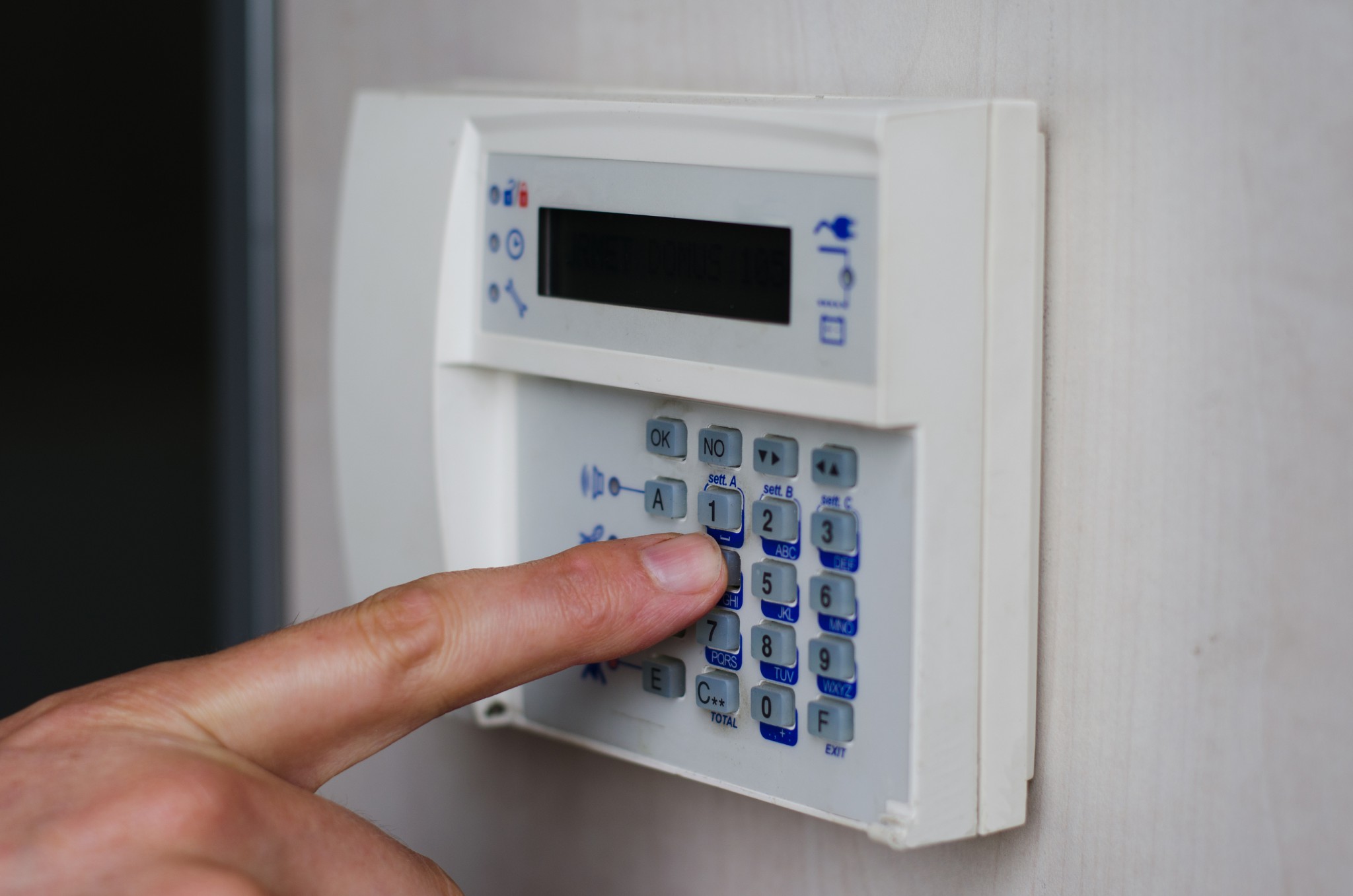Home>Home Security and Surveillance>How Does A Burglar Alarm Work
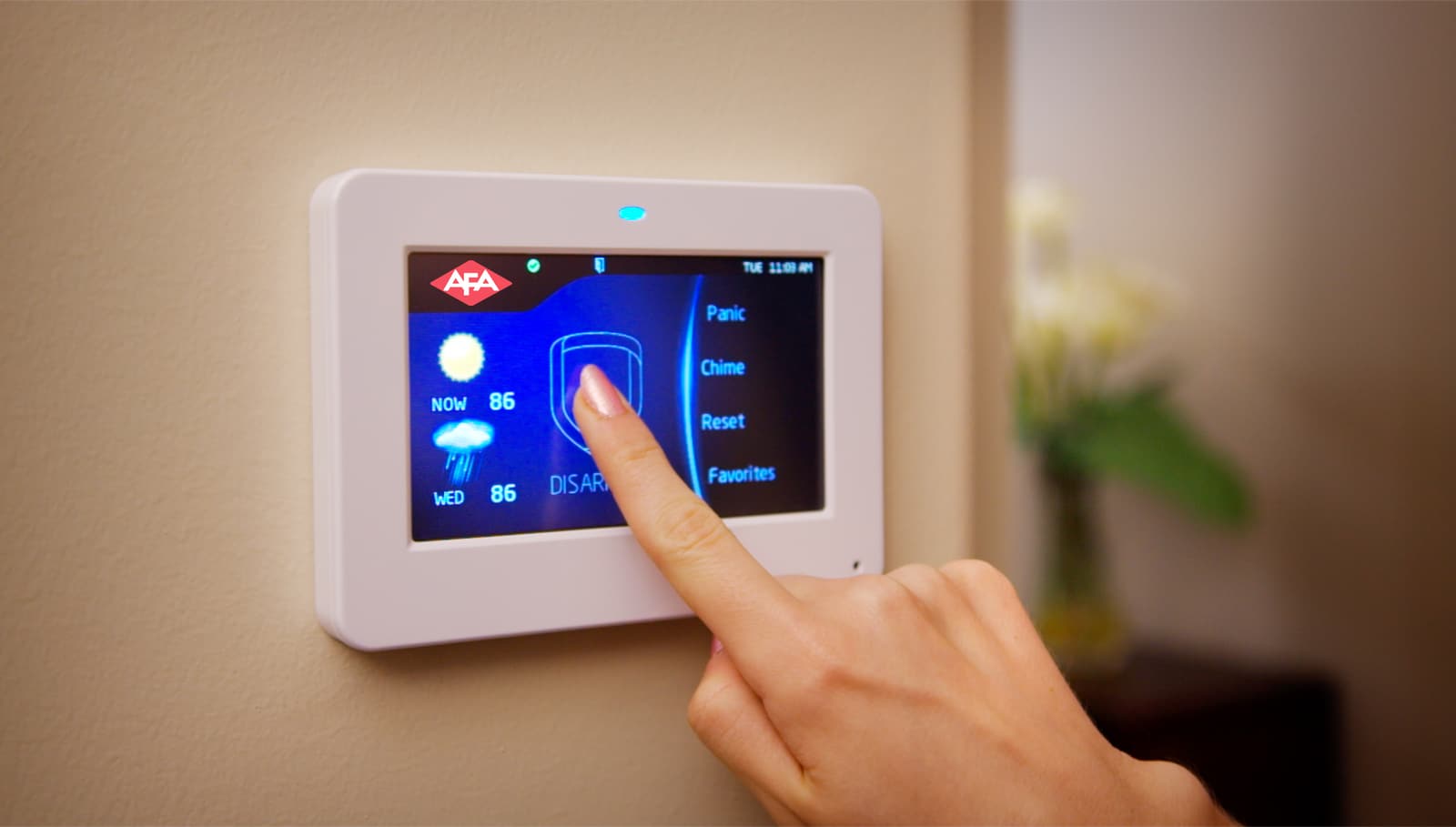

Home Security and Surveillance
How Does A Burglar Alarm Work
Modified: March 6, 2024
Learn how a burglar alarm works to protect your home with advanced home security and surveillance systems. Safeguard your property and loved ones today!
(Many of the links in this article redirect to a specific reviewed product. Your purchase of these products through affiliate links helps to generate commission for Storables.com, at no extra cost. Learn more)
Introduction
Welcome to the world of home security and surveillance! In today’s ever-changing world, it’s crucial to ensure the safety and protection of our homes and loved ones. With the rise in burglaries and break-ins, implementing an effective burglar alarm system is a smart choice for homeowners.
A burglar alarm, also known as a security alarm, is designed to detect unauthorized entry into a building or area. It serves as a deterrent to potential burglars and provides homeowners with peace of mind knowing that their property is being protected.
In this article, we will explore the different types of burglar alarms, the components that make up a burglar alarm system, how these systems detect intrusions, and the various ways they can alert homeowners or authorities. We will also discuss the benefits of installing a burglar alarm system and provide some key considerations to keep in mind when choosing the right one for your home.
So, let’s dive into the fascinating world of burglar alarms and learn how they work to safeguard your home!
Key Takeaways:
- Burglar alarms come in different types, from wired to smart systems, offering varying levels of security and convenience. Choose one that suits your home’s layout and your specific needs.
- Burglar alarms detect intrusions using sensors, motion detectors, and even video surveillance. They provide early detection, immediate notification, and peace of mind, making your home safer and more secure.
Types of Burglar Alarms
When it comes to choosing a burglar alarm system for your home, there are several types to consider. Each type offers unique features and functions, catering to different needs and budgets. Let’s take a look at some of the most common types:
- Wired Alarms: This type of burglar alarm system uses physical wires to connect all the components, such as sensors, control panel, and alarm sounders. The advantage of wired alarms is their reliability and immunity to wireless interference. However, the installation process can be more complex and invasive, requiring professional help in most cases.
- Wireless Alarms: As the name suggests, wireless burglar alarm systems operate without the need for physical wiring. Instead, they use radio frequencies to communicate between the sensors, control panel, and other components. Wireless alarms are easier to install and offer flexibility in terms of component placement. They are a great option for retrofitting existing homes without significant modifications.
- Smart Alarms: With the advent of smart home technology, burglar alarms have evolved to become more advanced and interconnected. Smart alarms can be controlled and monitored remotely using smartphone apps. They often integrate with other smart devices, such as security cameras, door locks, and motion sensors, providing a holistic home security experience.
- Bells-Only Alarms: Bells-only alarms are the most basic type of burglar alarm system. When an unauthorized entry is detected, the alarm will sound, alerting anyone nearby. However, it does not automatically contact the homeowners or authorities. These alarms rely on the noise itself to deter burglars and rely on the vigilance of neighbors to react and report any suspicious activity.
- Monitored Alarms: Monitored alarms provide an added layer of protection by connecting to a monitoring center. When a breach is detected, the alarm sends a signal to the monitoring center, which will then contact the homeowners or designated contacts. If needed, the monitoring center can also dispatch authorities to investigate the situation. Monitored alarms provide peace of mind, knowing that help is on the way in case of an emergency.
These are just a few examples of the types of burglar alarms available in the market. It’s important to consider your specific requirements, budget, and the level of security you desire when choosing the right alarm system for your home.
Components of a Burglar Alarm System
A burglar alarm system consists of various components that work together to detect and deter intrusions. Understanding the role of each component is essential in designing an effective home security system. Here are the key components that make up a typical burglar alarm system:
- Control Panel: The control panel is the brain of the burglar alarm system. It receives signals from sensors and triggers the appropriate response, such as sounding the alarm or contacting authorities. The control panel is usually installed in a central location, like a utility room or basement.
- Sensors: Sensors are responsible for detecting intrusions and unauthorized entry. There are different types of sensors, including:
- Door and Window Sensors: These magnetic sensors are placed on doors and windows to detect when they are opened or closed.
- Motion Sensors: Motion sensors use various technologies, such as infrared or microwave, to detect movement within a specific area.
- Glass Break Sensors: These sensors are designed to detect the sound frequencies produced when glass is broken, alerting homeowners of a potential break-in.
- Smoke and Carbon Monoxide Detectors: Some burglar alarm systems may include smoke and carbon monoxide detectors, providing an added layer of safety by alerting homeowners to potential fire or gas hazards.
- Siren or Alarm Sounders: The siren or alarm sounders are responsible for generating a loud noise when an intrusion is detected. The high-decibel sound is intended to scare away burglars and alert people nearby of the potential threat.
- Keypad or Key Fob: The keypad or key fob allows homeowners to arm and disarm the burglar alarm system. It usually requires a unique code or key fob to access, preventing unauthorized individuals from tampering with the system.
- Control Panel Remote Access: Many modern burglar alarm systems offer remote access capabilities, allowing homeowners to monitor and control their security system from their smartphone or computer. This feature provides convenience and peace of mind, especially when away from home.
- Backup Power System: A backup power system, typically in the form of a battery or generator, ensures that the burglar alarm system remains operational during power outages. This ensures continuous protection even in adverse circumstances.
These components work together seamlessly to create a comprehensive burglar alarm system, deterring potential intruders and providing homeowners with the peace of mind they deserve. It’s important to choose high-quality components and ensure proper installation and maintenance for optimal performance.
How Do Burglar Alarms Detect Intrusions?
Understanding how burglar alarms detect intrusions is crucial in comprehending their effectiveness in safeguarding your home. Burglar alarm systems utilize various methods and technologies to detect unauthorized entry. Here are some of the common techniques:
- Door and Window Sensors: Door and window sensors are one of the most basic yet effective methods of detecting intrusions. These sensors consist of two components, a magnet and a sensor. When the door or window is closed, the magnet keeps the sensor’s circuit closed. If the door or window is opened while the system is armed, the circuit is broken, triggering the alarm.
- Motion Sensors: Motion sensors use different technologies, such as passive infrared (PIR) or microwave detection, to sense movement within a specific area. PIR motion sensors detect changes in infrared radiation caused by moving objects, whereas microwave sensors emit microwave signals and detect changes in frequency caused by moving objects. When an intruder enters the sensor’s range and triggers the detection, the alarm is activated.
- Glass Break Sensors: Glass break sensors are designed to detect the distinctive sound frequencies produced when glass is broken. These sensors are particularly effective in areas with a high risk of break-ins through windows or glass doors. When the sensor picks up the specific sound pattern of glass breaking, it sends a signal to the control panel, triggering the alarm.
- Shock Sensors: Shock sensors, also known as vibration sensors, are used to detect vibrations or impacts caused by someone attempting to force open doors, windows, or even walls. They can detect the subtlest of movements and trigger the alarm if unauthorized entry is detected.
- Smoke and Carbon Monoxide Detectors: Some burglar alarm systems include smoke and carbon monoxide detectors as part of their intrusion detection capabilities. These detectors monitor the presence of smoke or dangerous levels of carbon monoxide in the environment. If smoke or high levels of carbon monoxide are detected, the alarm will sound, alerting homeowners to potential fire or gas hazards.
- Video Surveillance: Advanced burglar alarm systems may incorporate video surveillance cameras to monitor and record activities around the premises. These cameras can detect motion, send alerts to homeowners or security personnel, and capture footage that can be used as evidence in the event of a break-in.
By utilizing a combination of these detection methods, burglar alarm systems can effectively identify and alert homeowners to potential intrusions, providing valuable time to respond and take appropriate action.
Always keep in mind that the effectiveness of the burglar alarm system relies on proper installation, regular maintenance, and considering the layout and vulnerabilities of your home. Consulting with a professional security provider can help ensure that your system is tailored to your specific needs and offers maximum protection.
Make sure to regularly test your burglar alarm system to ensure it is functioning properly. This can help identify any issues and ensure your home is always protected.
Sounding the Alarm: Alerting Homeowners or Authorities
When it comes to detecting intrusions, a burglar alarm system’s primary goal is to alert homeowners or the appropriate authorities promptly. Here’s a look at how burglar alarm systems accomplish this:
- Local Alarm: In a local alarm system, when an intrusion is detected, the burglar alarm system activates a loud siren or alarm sounders within the premises. The purpose of this alarm is twofold: to scare off intruders and to alert homeowners or anyone present in the vicinity. The aim is to prompt individuals to take action, either by contacting authorities or investigating the situation themselves.
- Remote Monitoring: Many modern burglar alarm systems offer remote monitoring capabilities. In these systems, when an intrusion is detected, a signal is sent to a monitoring center or security company through a dedicated communication channel, such as a phone line or cellular network. Trained operators at the monitoring center then assess the situation and take appropriate action. This can involve attempting to contact the homeowners, verifying the alarm event, or dispatching authorities to the location.
- Notification to Homeowners: Burglar alarm systems equipped with remote monitoring capabilities can also notify homeowners directly. This is typically done through various means, such as phone calls, text messages, push notifications, or emails. Homeowners can be alerted in real-time about the intrusion, allowing them to take immediate action, such as contacting the authorities or assessing the situation remotely through their smartphone or computer.
- Dispatching Authorities: In cases where the burglar alarm system is professionally monitored and a verified intrusion is detected, the monitoring center can promptly contact the appropriate authorities, such as the police, to dispatch them to the location. This ensures a swift response and increases the chances of catching the intruders or preventing further damage or harm.
The choice between a local alarm or professional monitoring depends on personal preferences, budget, and the level of security desired. Local alarms can be effective in deterring intruders and alerting people nearby, but the responsibility of contacting authorities lies with the homeowners or those nearby. On the other hand, professional monitoring provides an additional layer of security, as trained operators can assess the situation and take appropriate action on behalf of the homeowners.
It’s worth noting that false alarms can occur in burglar alarm systems. To avoid unnecessary panic or time wasted for authorities, many systems incorporate features to help minimize false alarms, such as using multiple sensor inputs or requiring multiple triggers before considering an event as a genuine intrusion.
It’s important to carefully consider the options available and choose the alarm system configuration that best suits your needs, providing you with the peace of mind and reassurance that your home is protected.
Read more: How Do Burglar Alarm Sensors Work
Benefits of Burglar Alarm Systems
Investing in a burglar alarm system for your home can provide numerous benefits and help ensure the safety and security of your property and loved ones. Here are some key advantages of having a burglar alarm system:
- Deterrence: The mere presence of a burglar alarm system acts as a deterrent to potential intruders. Knowing that a property is equipped with an alarm system significantly reduces the likelihood of a break-in. Burglars tend to target homes that appear vulnerable, so having a visible burglar alarm can make your property less attractive and encourage criminals to move on.
- Early Detection: A burglar alarm system is designed to detect intrusions at the earliest possible stage. By employing various sensors and detection mechanisms, the system can identify unauthorized entry quickly. This early detection is crucial for homeowners to respond promptly and potentially prevent further damage or harm.
- Immediate Notification: When an intrusion is detected, burglar alarm systems can instantly notify homeowners through various means, such as alerts on smartphones, phone calls, or emails. This allows homeowners to take immediate action, whether it’s contacting authorities or assessing the situation remotely. The swift notification enhances response time and ensures that appropriate measures are taken in a timely manner.
- Peace of Mind: Having a burglar alarm system installed provides peace of mind for homeowners. Knowing that your home is protected by a reliable and sophisticated security system allows you to feel more secure and at ease, especially when away from home. You can rest assured that your property is being monitored and any potential threats will be detected and addressed promptly.
- Integration with Other Security Systems: Burglar alarm systems can often be integrated with other security systems, such as surveillance cameras, access control systems, or smoke detectors. This integration provides a comprehensive security solution that encompasses various aspects of home protection. You have the ability to monitor and control multiple security features from a centralized platform, maximizing convenience and effectiveness.
- Potential Insurance Discounts: Installing a burglar alarm system can potentially lead to lower home insurance premiums. Many insurance companies recognize the added security value of such systems and offer discounts to homeowners who take proactive measures to protect their property. Check with your insurance provider to see if they offer any incentives for installing a burglar alarm.
These benefits highlight the importance of having a burglar alarm system in safeguarding your home and providing a sense of security. With advanced technology and features available today, these systems offer more than just intrusion detection, providing a comprehensive solution to ensure the safety and well-being of your household.
Considerations for Choosing a Burglar Alarm System
Choosing the right burglar alarm system for your home requires careful consideration of various factors. Here are some key considerations to keep in mind when selecting a burglar alarm system:
- Security Needs: Assess your specific security needs and the level of protection required for your home. Consider factors such as the size and layout of your property, the surrounding environment, and any specific vulnerabilities or high-risk areas that may need extra attention. Understanding your security needs will help you determine the right type of alarm system and features required.
- Wired vs. Wireless: Decide whether you prefer a wired or wireless burglar alarm system. Wired systems offer reliability and resistance to wireless interference but may require professional installation. Wireless systems are easier to install and offer flexibility, making them suitable for both new constructions and retrofitting existing homes. Consider the pros and cons of each option to choose the one that suits your needs.
- Installation and Maintenance: Consider whether you prefer a DIY installation or if you will rely on professional installation. Complex wired systems may require professional help, while wireless systems often come with simple installation instructions. Additionally, think about the maintenance requirements of the system and whether you are comfortable conducting regular tests and inspections or if you prefer a service provider to handle it for you.
- Features and Technology: Evaluate the features and technology offered by different burglar alarm systems. Look for features such as motion sensors, door/window sensors, glass break detectors, and remote monitoring capabilities. Consider if you want additional integrations, such as video surveillance or smart home automation. Ensure that the chosen system aligns with your security needs and offers the desired functionality.
- Budget: Determine your budget for the burglar alarm system, including both the initial purchase and any ongoing costs like monitoring fees or maintenance charges. It’s important to strike a balance between the features and quality of the system while staying within your budget. Remember that an investment in a reliable and comprehensive burglar alarm system is crucial for the long-term security of your home.
- Reputation and Reviews: Research the reputation and reviews of different burglar alarm system providers. Look for trusted and reputable brands with positive customer feedback. Read reviews and testimonials to get insights into the performance and reliability of the system. Consider seeking recommendations from friends, family, or security professionals who have experience with burglar alarm systems.
- Compatibility with Monitoring Services: If you opt for professional monitoring services, ensure that the burglar alarm system you choose is compatible with the monitoring provider of your choice. Research different monitoring companies and compare their services, response times, and pricing to find the most suitable option for your needs.
By considering these factors, you can make an informed decision when selecting a burglar alarm system that aligns with your security requirements, budget, and lifestyle. Remember, the goal is to choose a reliable and effective system that provides peace of mind and protects your home and loved ones.
Conclusion
Investing in a burglar alarm system is a proactive step towards enhancing the security and protection of your home. These systems, available in various types and configurations, offer a range of benefits that extend beyond just deterring intruders.
By choosing the right burglar alarm system, you can enjoy benefits such as early detection of intrusions, immediate notification to homeowners or authorities, and a greater sense of peace of mind. The presence of a burglar alarm system alone acts as a powerful deterrent, reducing the risk of break-ins and theft.
When selecting a burglar alarm system, important considerations include your security needs, the type of system (wired or wireless), installation and maintenance requirements, desired features and technology, and your budget. It’s also crucial to choose a reputable provider and, if desired, a monitoring service with a strong track record.
Remember, the effectiveness of a burglar alarm system relies not only on its features but also on proper installation, regular maintenance, and your commitment to using the system correctly. Educate yourself about the system’s functionality and take advantage of any available tutorials or support resources to ensure its optimal performance.
Ultimately, a burglar alarm system provides you with peace of mind, knowing that you have taken proactive measures to protect your home and loved ones. It acts as a silent guardian, working tirelessly to detect and deter potential intrusions, allowing you to sleep soundly and live with a greater sense of security.
So, don’t wait. Take the necessary steps to secure your home and invest in a reliable and modern burglar alarm system today. Your home and loved ones deserve nothing less than the best protection.
Frequently Asked Questions about How Does A Burglar Alarm Work
Was this page helpful?
At Storables.com, we guarantee accurate and reliable information. Our content, validated by Expert Board Contributors, is crafted following stringent Editorial Policies. We're committed to providing you with well-researched, expert-backed insights for all your informational needs.
